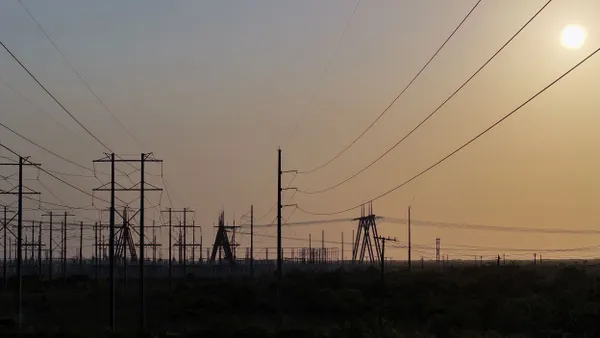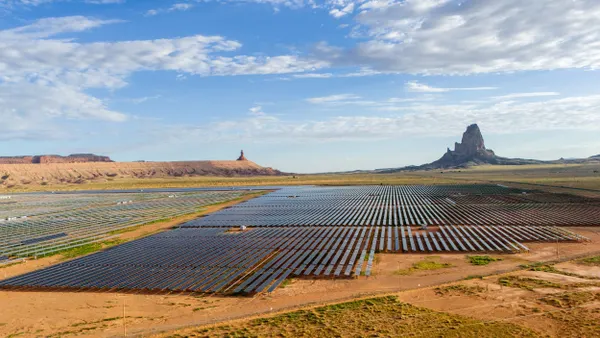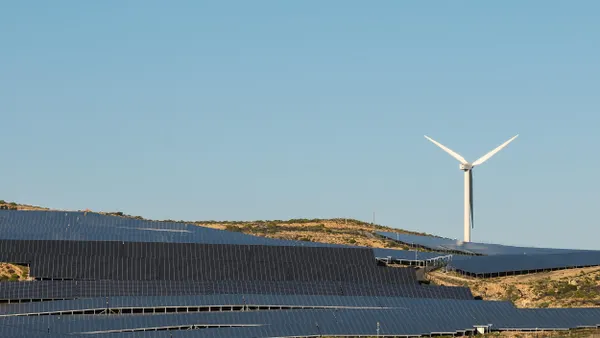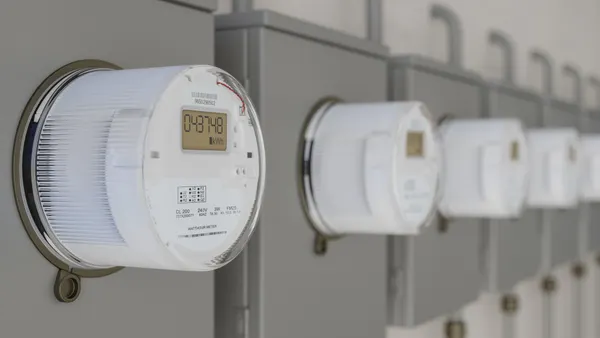Dive Brief:
- A group of Pacific Gas & Electric noteholders on Wednesday proposed injecting $29.2 billion in new money into the bankrupt utility in exchange for control of the company and new debt ahead of the Thursday deadline for the utility's exclusive filing period.
- The proposal includes $14.5 billion to pay fire victims and $11 billion for insurance subrogation claims. In exchange, noteholders want 59.3% of the reorganized PG&E's outstanding common stock.
- Earlier this month PG&E filed its own plan for exiting Chapter 11, which included $17.9 billion to pay wildfire claims. On Wednesday, the utility requested a federal bankruptcy judge extend its period of exclusivity, during which only it can propose a reorganization plan, until Nov 29.
Dive Insight:
PG&E requested a two-month extension, citing its progress.
"It is self-evident that the debtors are not seeking these extensions to artificially delay the administration of these Chapter 11 cases or to hold creditors hostage to an unsatisfactory plan proposal," the utility wrote. "Rather, the requested extensions recognize the current posture of these cases and the time needed for the debtors to successfully complete their plan process."
Along with the filing period, PG&E also has an exclusive solicitation period that ends Nov. 26, which it seeks to extend until Jan. 28, 2020.
"The request for extending the exclusive periods is not a negotiation tactic, but rather a realistic assessment of the time necessary," PG&E said.
Also on Wednesday, the Official Committee of Tort Claimants and the Ad Hoc Committee of Senior Unsecured Noteholders proposed their term sheet.
There are multiple groups vying for control of PG&E's future. On Monday, the utility warned that a plan of reorganization proposed by bondholders and wildfire victims would cost customers billions of dollars compared with its own proposal.
The joint bondholder-wildfire victim proposal includes $24 billion for fire claims.
PG&E filed for bankruptcy in January, saying its liabilities could exceed $30 billion related to 2017 and 2018 wildfires.
The utility must exit bankruptcy ahead of a June 30, 2020, deadline to access a new fund set up by legislators to help utilities address the cost of California's fires.













